Trump’s announcement sparks debate over Pakistan’s oil reserves
The recent announcement of US President Donald Trump about a deal to explore “massive oil reserves” in Pakistan has sparked a debate about whether Pakistan really has enough oil reserves “to one day export to India”.
On his social media platform Truth Social, Trump announced that the US and Pakistan were working on a project aimed at developing Pakistan’s “vast” underground oil reserves. He even said, “Who knows, maybe one day they’ll sell oil to India!”
The statement comes at a time when the US has imposed a 25 per cent import tariff on Indian goods – suggesting that this announcement is not just about energy but also carries a significant geopolitical message.
Facts behind Pakistan’s oil reserves
Although Trump claimed “massive reserves,” the facts on the ground paint a different picture.
According to the US Energy Information Administration (EIA) and Worldometer, Pakistan had 353.5 million barrels of “proven” underground oil reserves as of 2016, ranking 52nd globally and accounting for just 0.021 per cent of the world’s total reserves.
According to the report, Pakistan currently produces about 88,000 barrels of oil per day, while its daily consumption is around 556,000 barrels – meaning the country imports 85 per cent of its oil to meet domestic needs.
What made the “massive reserves” claim?
Trump’s claims are likely based on recent geological surveys conducted in Pakistan’s offshore regions.
Conducted over three years, the surveys found underground structures in the Lower Indus Basin that could potentially hold oil and gas.
Some unconfirmed estimates suggest that if these underground reserves are confirmed, Pakistan could become the world’s fourth-largest country in terms of oil reserves – after Venezuela, Saudi Arabia, and Iran.
Also read
Pakistan says deal reached with US on tariffs, Trump cites oil reserves agreement 74 75
The geological structure of the Indus Basin is shaped by the movement of tectonic plates and contains thick mudstone layers that are promising for future oil and gas exploration.
In 2024, the Ministry of Energy claimed “significant hydrocarbon potential” in the preliminary results of a major marine survey.
However, former Ogra member Mohammed Arif and experts from the OGDCL clarified that these are just “estimates” and not “proven oil reserves”.
According to them, a resource cannot be considered a reserve until commercial-scale discovery, planning, and production begin
According to experts, for these discoveries to be classified as actual oil reserves, drilling must take place, production must begin, and a full development plan must be in place. So far, none of these steps has occurred.
In 2024, reports emerged of some new underground oil discoveries in Sindh, Punjab and Khyber Pakhtunkhwa.
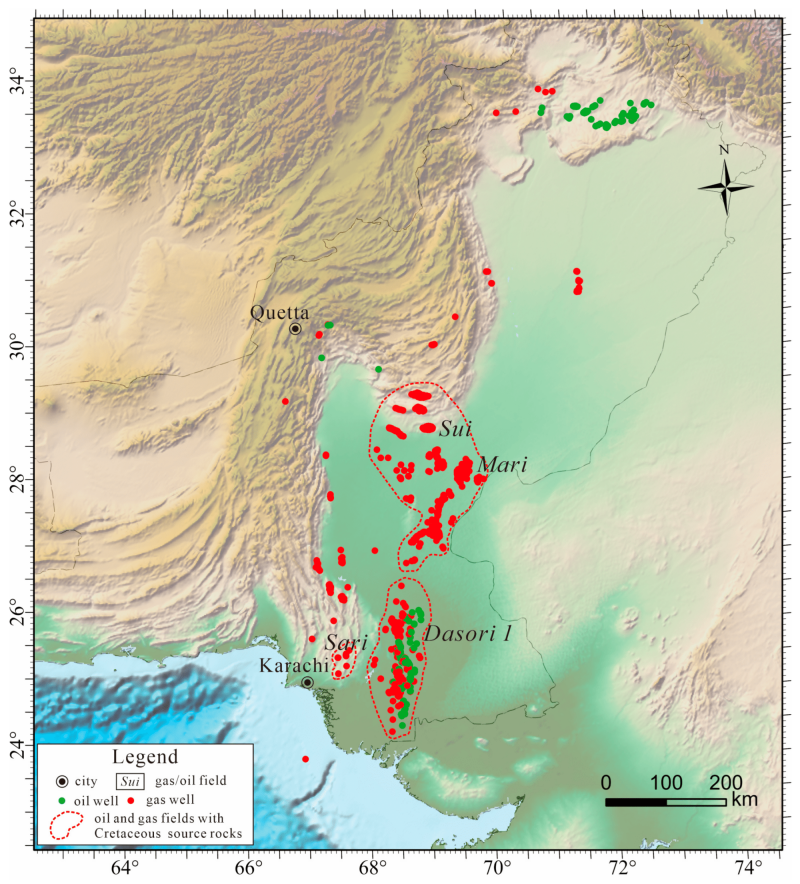
A month ago, Pakistan’s state-owned Oil and Gas Development Company (OGDCL) announced the discovery of new underground oil reserves in Sindh.
In addition, two major underground oil reserves were also announced in Khyber Pakhtunkhwa and Punjab in 2023 and 2024.
According to the OGDCL, underground oil discoveries have been made in areas like Pasakhi, Rajyan, Kinar, Sono, Thora, Jhandial and Lashari Centre, but none of them have been commercially exploited yet.
According to Arif Habib Limited, Pakistan’s oil reserves recorded a 23 per cent increase by the end of 2024, which have reached 238 million barrels.
Selling oil to India: Reality and illusion
According to experts, the idea of exporting oil to India is mere speculation for now.
Several obstacles make this scenario highly unlikely. Pakistan’s reserves are uncertain and underdeveloped; Relations with India are extremely strained; India imports oil in huge quantities from the Middle East and Russia; and Pakistan’s current refining capacity stands at 450,000 barrels per day, which is insufficient even for domestic needs.
Investment needs
According to experts, discovering and developing these oil reserves will require at least $5 billion and 4 to 5 years. Moreover, billions of dollars will also be required for drilling, laying pipelines, building ports, and developing refineries.
Pakistan’s economic situation, which includes a $126 billion external debt and an annual energy import bill of $17.5 billion, is a major obstacle in the way of this grand energy venture.
China’s likely reaction
US interest in oil exploration in Pakistan could be unsettling for China, which has invested billions of dollars in energy and port development under CPEC, especially in Balochistan, where a large number of Chinese engineers are associated with these projects.
Given the existing US-China trade tensions, a potential US-led oil project in the coastal or inland Balochistan areas could spark geopolitical friction and put Pakistan in a tight spot.
A long road ahead
Trump’s announcement has certainly brought new attention to Pakistan’s energy potential, but there is a long gap between promise and reality.
According to experts, Pakistan’s oil future is currently speculative, unproven, and commercially unviable.
Until proven reserves are confirmed through drilling and production, and economic and diplomatic barriers are addressed, the idea of exporting oil to India remains more political slogan than imminent possibility.
For the latest news, follow us on Twitter @Aaj_Urdu. We are also on Facebook, Instagram and YouTube.

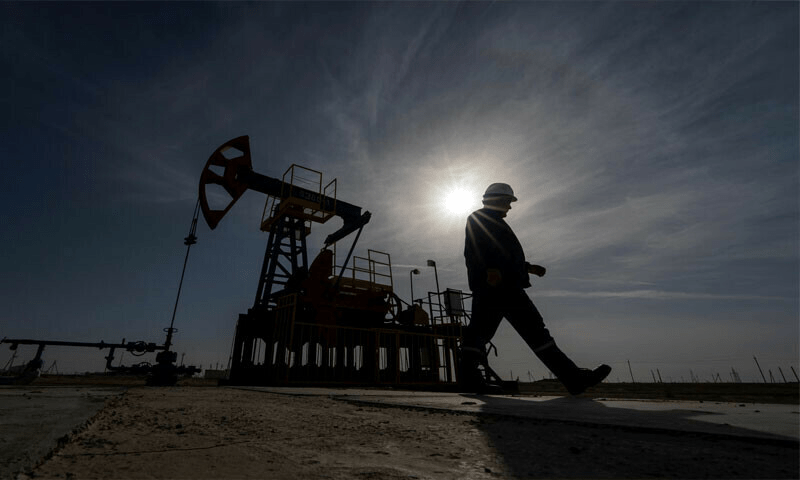

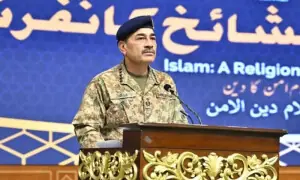
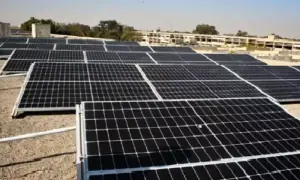
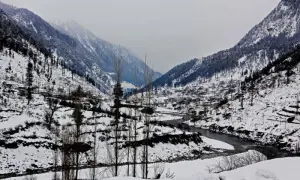

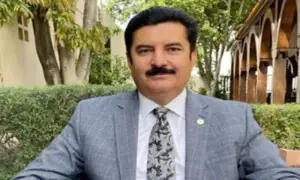

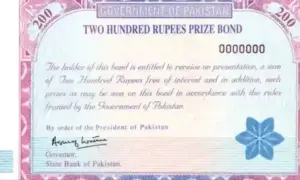

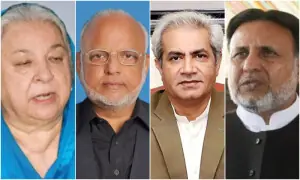

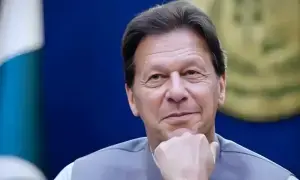

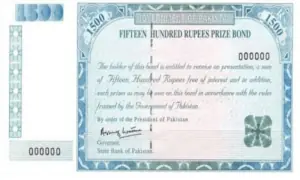
Comments are closed on this story.